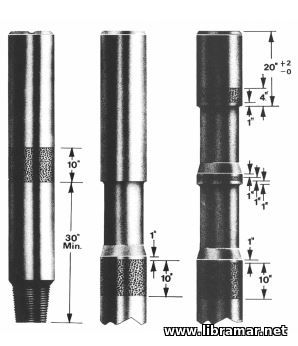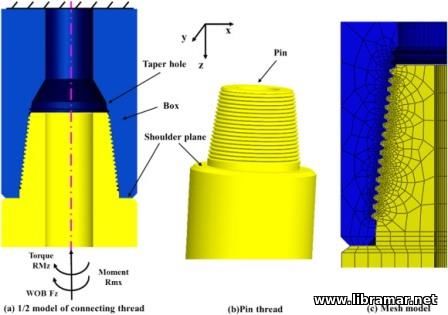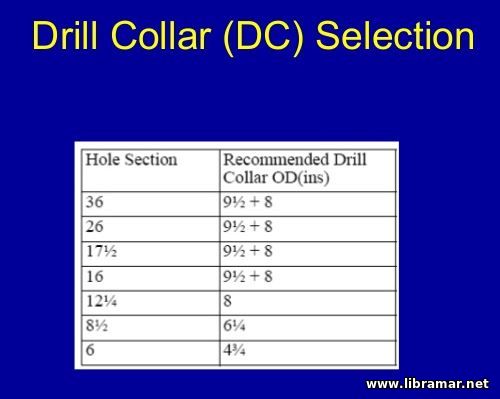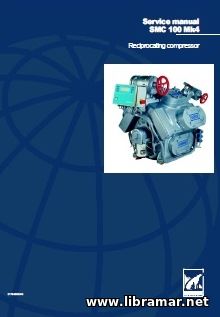Standard Drill Collar Design

In the previous article we have provided some very brief introduction to the drill collars and drill string, since these terms and fundamental for proper understanding of the rotary drilling process. Now, let us have a look slightly deeper into the drill collars. As it is the case with nearly every piece of equipment on the drilling rig, they come produced by the different manufacturers and according to the different designs. Below is some information about the standard design of the drill collars most widely used both for the land and offshore drilling.
Manufacturers design drill collars for guiding, stabilizing, and providing weight on the bit. Drill collars are heavy, thick-walled, metal tubes usually made of steel. They range in weight from 16 pounds to 379 pounds per foot (23.81 kilograms to 564.01 kilograms per meter). Most drill collars are round and are 30 or 31 feet (9.14 or 9.45 meters) long. Drilling crews join the required number of collars by stabbing the pin end of one collar into the box end of another and screwing them together.
The well planner determines how many drill collars are needed above the bit by taking into consideration how much weight is needed to drill efficiently and how much each drill collar weighs. Generally, the bigger a drill collar’s outside diameter, the more it weighs. For example, a thirty-foot (9.14-metre) drill collar with an outside diameter (OD) of six inches (152.4 millimeters) and an inside diameter (ID), or bore diameter, as it is also called, of 2 ¼ inches (57.15 millimeters) weighs 2490 pounds (1129 kilograms). On the other hand, a thirty-foot (9.14-meter) drill collar joint with and outside diameter of eleven inches (279.4 millimeters) and an inside diameter of three inches (76.2 millimeters) weighs 8843 pounds (4011 kilograms).
Drill collar inside diameter varies from two inches (50.8 millimeters) to three inches (76.2 millimeters), but the outside diameter ranges from four inches (101.6 millimeters) to eleven inches (279.4 millimeters). The well planner selects the correct outside diameter based on the size of the wellbore, and then determines the number of drill collars needed to provide the proper weight-on-bit to make hole.
 An important factor to consider when connecting collars is the relationship between the pin and the box. Engineers have learned to compare the bending strength of the pin near its base, i.e. near the last engaged pin threat referred to as LET, to the bending strength of the box near its bottom. In good design, the bending strength of the box should be 2.5 times greater than the bending strength of the pin.
An important factor to consider when connecting collars is the relationship between the pin and the box. Engineers have learned to compare the bending strength of the pin near its base, i.e. near the last engaged pin threat referred to as LET, to the bending strength of the box near its bottom. In good design, the bending strength of the box should be 2.5 times greater than the bending strength of the pin.
All above is for the standard design of the drill collars; note that there are also collars of special designs, such as the spiral and square collars, widely used in rotary drilling. Apart from that, there are also other varieties of the drill collars produced by the manufacturers and having some special features, including but not limited to such items as recesses for slips and elevators and hard banding. Each of the designs has its own advantages and disadvantages, so it will be up to the well planner to conduct proper evaluation and choose the one that will better suits for the particular well, providing best efficiency.
The "Read Later" function allows you to add material to this block with just one click. Just click on the icon and read the articles that interest you at any convenient time.


